Biography
Marcos Sampaio is a composer, professor, and researcher in Music Theory and Composition. He has a Ph.D. in music composition from the Federal University of Bahia.
He is an Associate Professor at the Federal University of Bahia School of Music, where he works in research, teaching, and administration.
He researches music theory, especially computational musicology, contour theory, and rhythmic partitioning of music texture. He teaches music harmony, form, analysis, composition, and instrumentation.
He has composed music pieces and arrangements for various instrumental formations presented by the UFBA Orchestra, GIMBA, UFBA Percussion Group, Duo Robatto, and Duo Sacramento. As an electric bass player, he has performed with the UFBA Percussion Group, A Trama do Macaco Prego, and local artists from Salvador, BA
In the administrative sphere, he has coordinated the Bachelor Course of Composition and Conducting since 2023 and its curriculum restructuring since 2020. He was deputy head of the Department of Music (2016 to 2018) and coordinator of the Bachelor Course of Composition and Conducting (2019 to 2021).
He has experience in software development. He was the technical coordinator of the team that developed the Beat Percussion Fever and Music Star Blocks software at Disco Azul Produções Artísticas and has been building RP Scripts and Zarlino software, both for music analysis.
He is a member of the Brazilian Music Theory and Analysis Association (TeMA), as well as of Genos (UFBA) and Partimus (UFRJ) research groups.
He is now researching Haydn’s string quartets using a quantitative methodology based on Computational Musicology tools.
Interests
- Computational Musicology
- Melodic Contour
- Rhythmic partitioning of texture
- Music Theory
- Joseph Haydn
- Data-based composition
Education
-
PhD in Musical Composition, 2012
Federal University of Bahia
-
MSc in Musical Composition, 2008
Federal University of Bahia
-
BSc in Musical Composition, 2006
Federal University of Bahia
Skills
Music Theory and Composition
Music Education
Music Research
Computer Science
Experience
Developer
Disco Azul
Developed Beat Percussion Fever and Music Star Blocks.
Responsabilities included:
- Product conception
- Modelling
- Sampling Recording
- Website development (backend)
- SEO and ASO Marketing
- Testing
Professor
Federal University of Bahia
Music Theory and Composition Teaching and Computational Musicology Researching.
Classes:
- MUSA69 Music Literature and Structure I
- MUSA70 Music Literature and Structure II
- MUSA71 Music Literature and Structure III
- MUSA72 Music Literature and Structure IV
- MUSA83 Introduction to Music Instrumentation
- MUSE06 Composition Seminar I
- MUSE07 Composition Seminar II
- MUSE27 Topics on Music Composition II
- MUSE29 Topics on Music Theory and Analysis II
- MUSB14 Music Composition V
- MUSB15 Music Composition VI
- MUSF18 Advanced Music Analysis I
- MUSF26 Introduction to Music Analysis
Projects
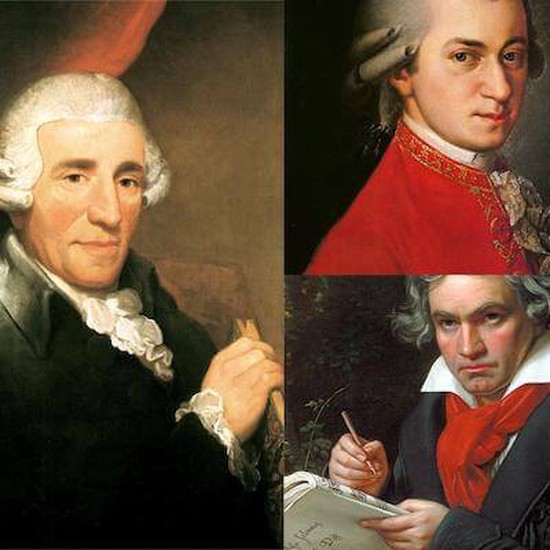
Haydn, Mozart and Beethoven
Quantitative research of the String Quartets by Haydn, Mozart, and Beethoven (2019-present)
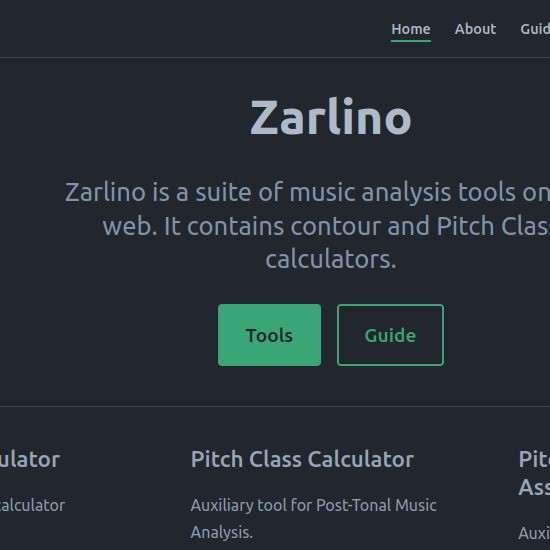
Zarlino
A suite of music analysis tools on the web
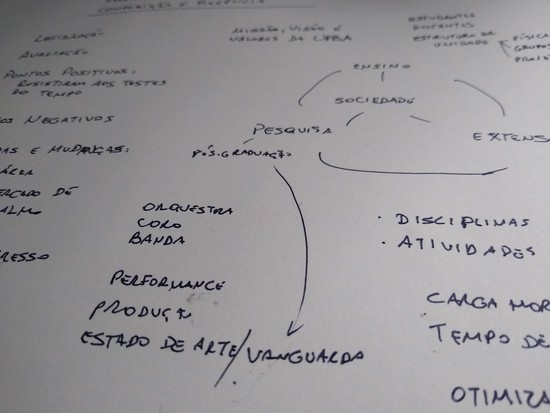
Curricular Restructuring
Curricular restructuring of the Composition and Conducting course at the UFBA (2020-present)
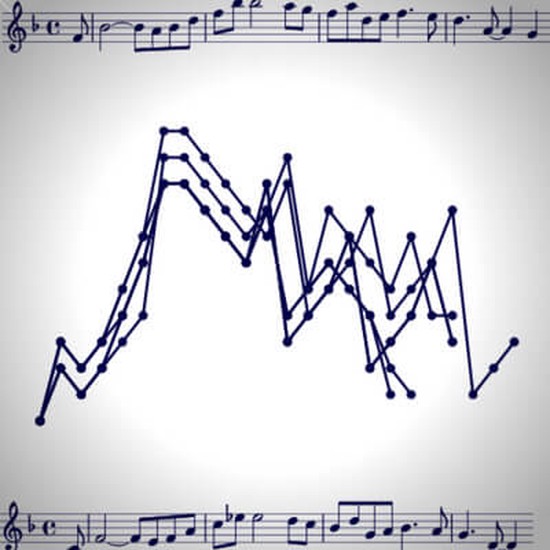
Contour Similarity
Research about the contour similarity problem (2014-2018)

Musical Dictionary
English-Portuguese Dictionary of Musical Terms (2018)

Beat Percussion Fever
Percussion app for mobile devices (2015-2017)

Music Star Blocks
Music Star Blocks is a music memory game available for iPhone and iPad. (2016)
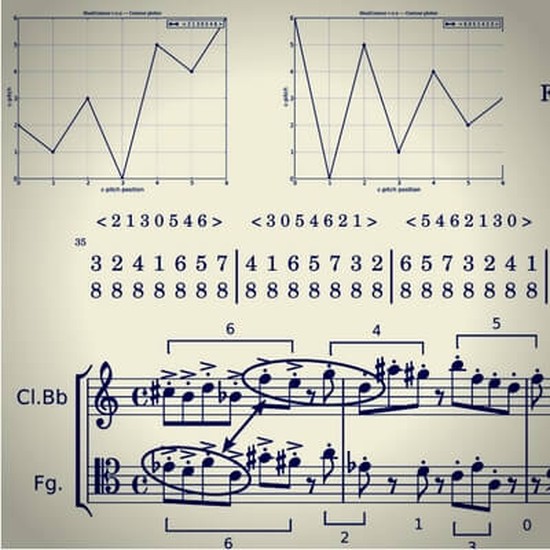
Composition with contours
Application of Contour Theory in Composition (2007-2012)

Resposta Tonal
Questions and answers about music (2015-2016)
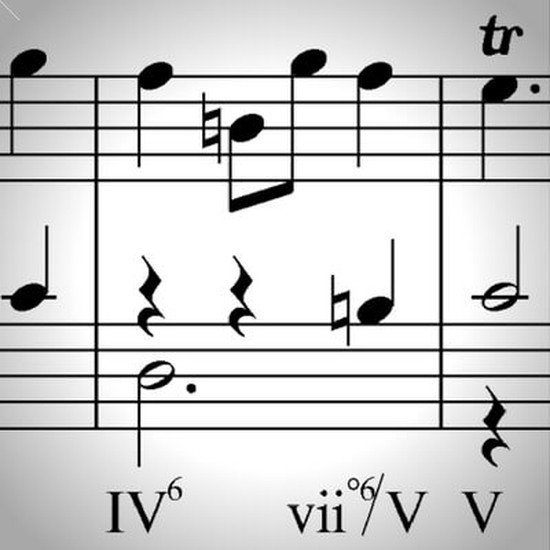
Rameau
Algorithms for automatic harmonic analysis (2007-2009)
Recent & Upcoming Talks
Teorias estrangeiras no Brasil: migração, enculturação e aculturação
Featured Publications
Python Scripts for Rhythmic Partitioning Analysis
The Rhythmic Partitioning Analysis demands laborious tasks on segmentation and agglomeration/dispersion calculus. Parsemat software runs these tasks and renders indexogram and partitiogram charts. In the present paper, we introduce the Rhythmic Partitioning Scripts (RP Scripts) as an application of Rhythmic Partitioning in the Python environment. It adds some features absent in Parsemat, such as the access to measure indications of each partition, introduction of rest handling, annotation of texture info into digital scores, and other improvements. The RP Scripts collect musical events' locations and output locations and partitions' data into CSV files, render indexogram/partitiogram charts, and generate annotated MusicXML score files. RP Scripts have three components: calculator (RPC), plotter (RPP), and annotator (RPA) scripts.